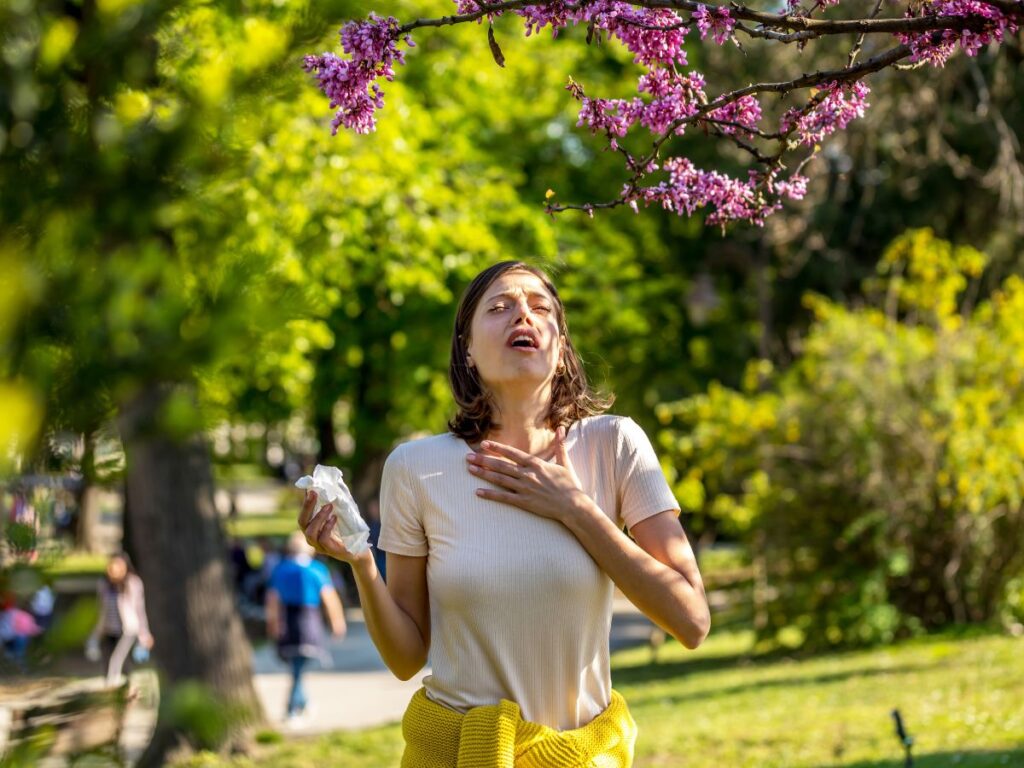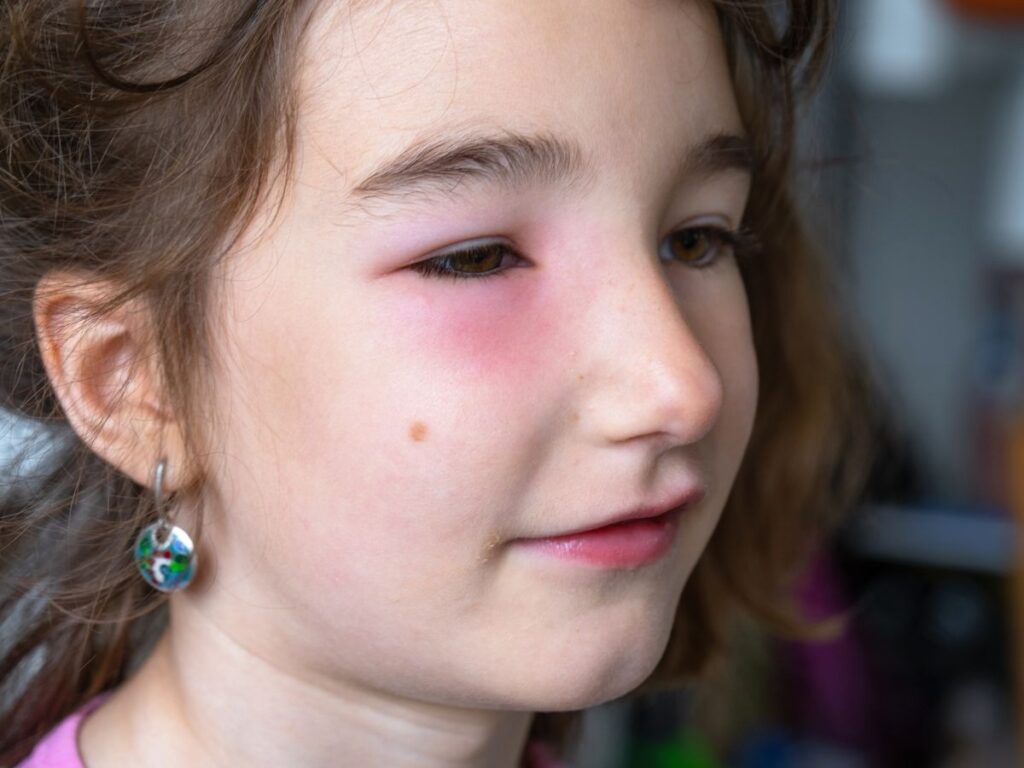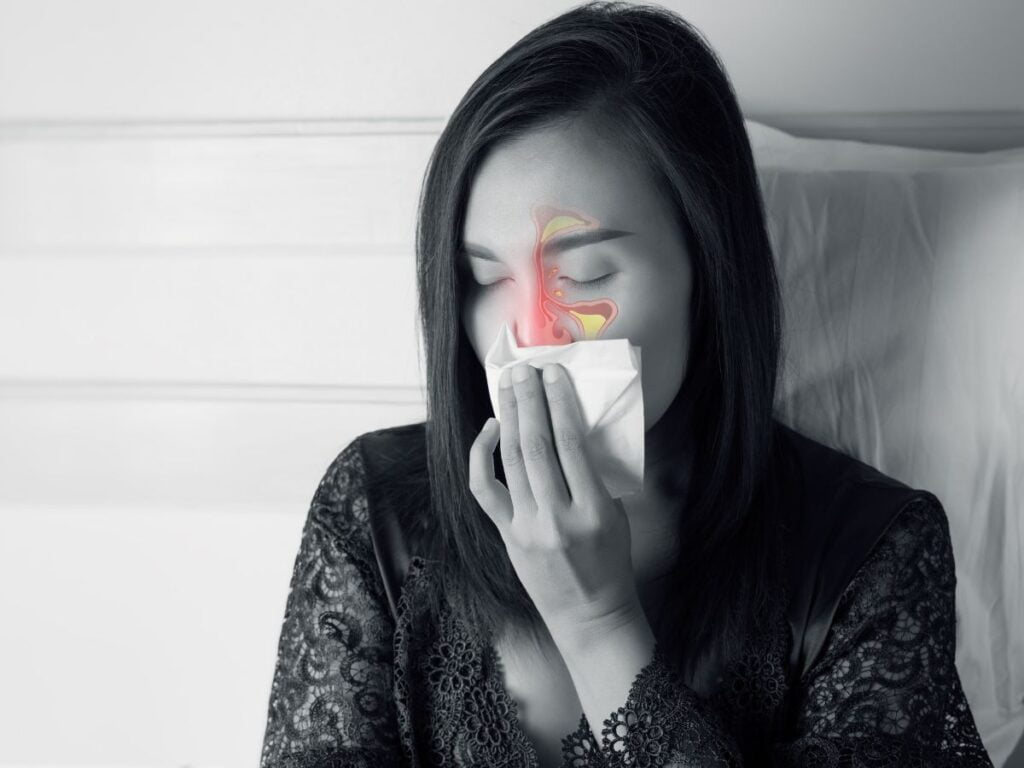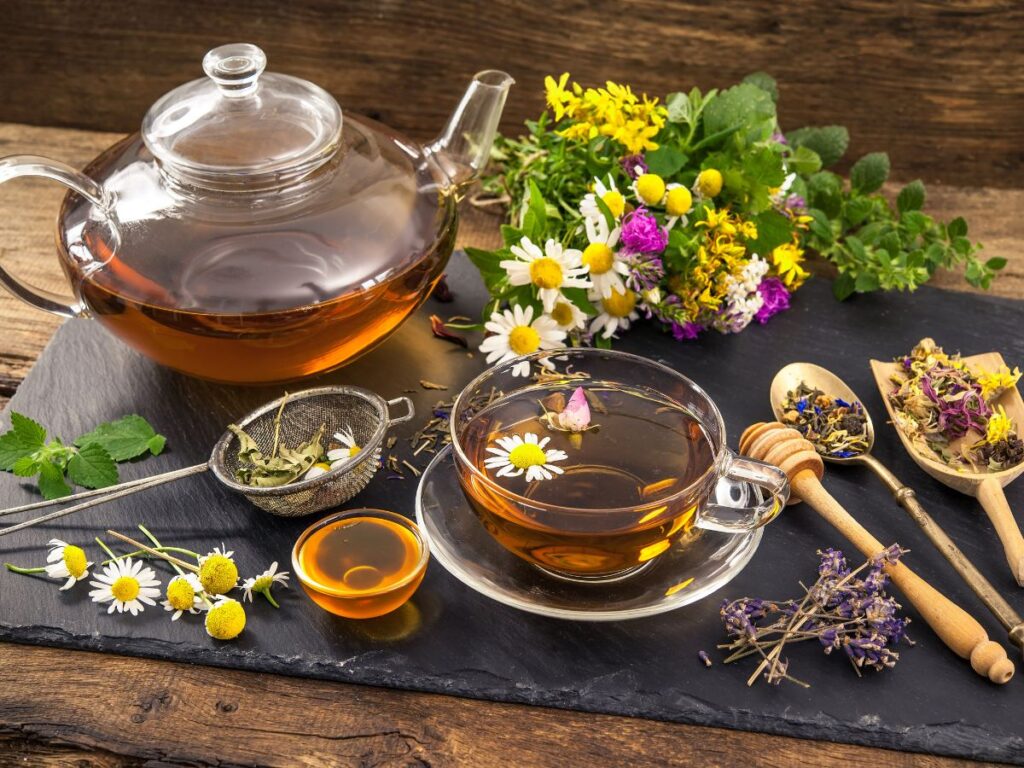5 Easy Ways to Cure Dust Allergy Naturally
Whether it’s pollen allergies in the summer or dust allergies in the winter, every season brings with it some allergy triggers. And when the weather changes, you get uncontrollable sneezing, flu and coughing. Dust particles are the main factor behind the development of dust allergy and related diseases like asthma and rhinitis.
When the air is polluted, it can make breathing difficult. It is time to do something to deal with dust allergy because you all are very worried about dust allergy. Don’t want to spoil all the fun of the season. So, here are some amazing ways that can help you deal with dust allergy.
Dust Allergy Symptoms
Dust contains many allergens, but dust mites and their droppings are the top ones. Symptoms include sneezing, runny or stuffy nose, itchy and watery eyes, rash or hives, asthma, and sleep problems and fatigue. Dust mites are found in almost all homes, usually in beds, carpets and curtains.
Home Remedies to Avoid Dust Allergy
Try these tried and tested home remedies to avoid dust allergy.
1. Sunlight and Warm Water
As you already know, dust mites are responsible for dust allergy. Therefore, first of all, it is important to prevent the growth of dust particles. Direct sunlight kills dust mites so be sure to keep the bed in the sun whenever possible. Also, wash your bedclothes in hot water, the water temperature should be high to kill the bugs. Make sure you do it once a week.
2. Use of Essential Oils
If somehow, you develop an allergy, you can use essential oils (eucalyptus or lavender oil) to treat it. All you have to do is add a few drops of essential oil to the diffuser and inhale the vapors. Do this once or twice a day for better results. Eucalyptus and lavender oils have soothing and anti-inflammatory properties that are effective in treating allergies and fibroids.
3. Raw Honey
God has blessed us with honey which is truly a wonderful gift for us. It is mainly useful for seasonal allergy sufferers. You can consume 2 spoons of raw honey twice a day, this will help you to cure dust allergy and may also reduce your sensitivity over time.
4. Dehumidifier
Dust mites die when humidity drops below 40 to 50 percent. For this, use a dehumidifier that dries the air around you by not keeping anything that activates dust and allergens. You can also consult a physician for medical advice.
5. Peppermint Tea
Add a teaspoon of dried mint leaves to a cup of warm water and let it steep for about 10 minutes. Then strain the tea and let it cool a little. If you add honey to it, it will be more beneficial. Drink this tea three times a day, it will provide instant relief from sneezing, coughing and runny nose.
Now that you know how to deal with and get rid of dust allergies, share this information with your friends and family. Since no one likes to suffer, let the information pass on to others. For more information you can consult a general physician.
In Conclusion,
managing dust allergies naturally is essential for those seeking relief from the persistent symptoms that can disrupt the joy of each season. Allergies, whether triggered by pollen, dust mites, pets, food, or insect venom, contribute unique verses to the intricate symphony of discomfort within our lives.
Implementing these natural strategies can significantly contribute to the management of dust allergies, allowing individuals to embrace each season without the interference of allergic discomfort.
It is advisable to share this information with friends and family, fostering a collective understanding of effective, nature-inspired solutions for a healthier living environment. For personalized advice, consulting a general physician is recommended.













